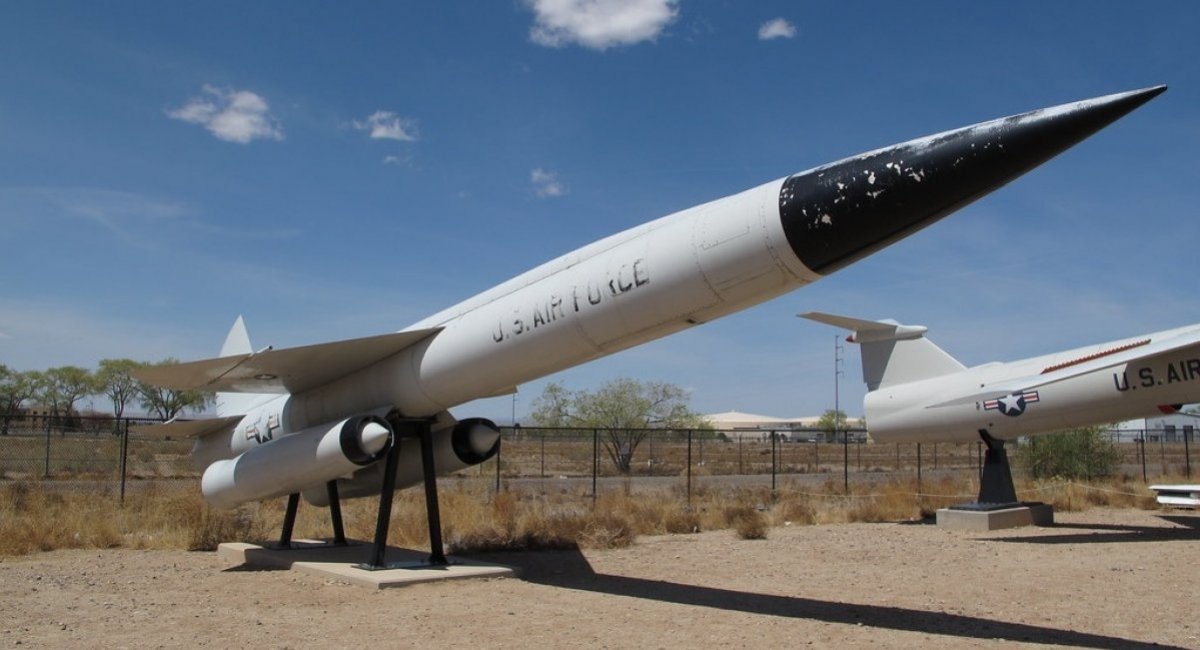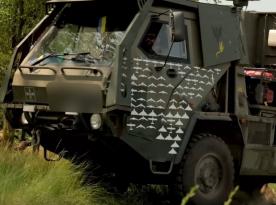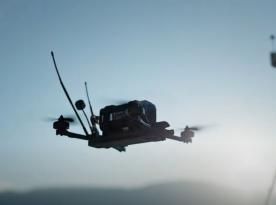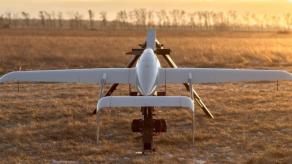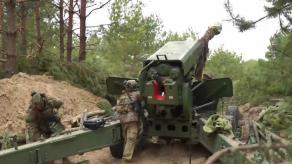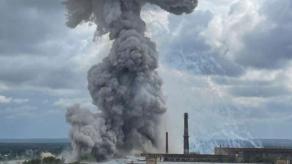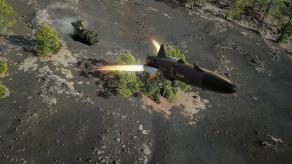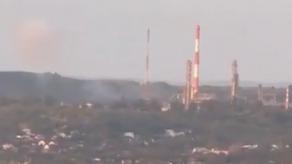Back during the Cold War, the United States and Canada deployed what remains the most far-reaching surface-to-air missile in history — the CIM-10 Bomarc. Introduced in 1959 and retired by 1972, the Bomarc had a staggering maximum range of 800 kilometers and was developed specifically to defend North America from Soviet bombers like the Tu-95.
With russia once again actively operating its Tu-95 strategic bombers, one might ask why no such long-range air defense systems exist today, especially as Ukraine could greatly benefit from the capability to intercept hostile aircraft before they even reach its borders. The answer lies in how the Bomarc was built to function.
Read more: China's Secret SC-19 Interceptor Missile: Seven Tests, 13 Years, No Photos, Mysterious Origin
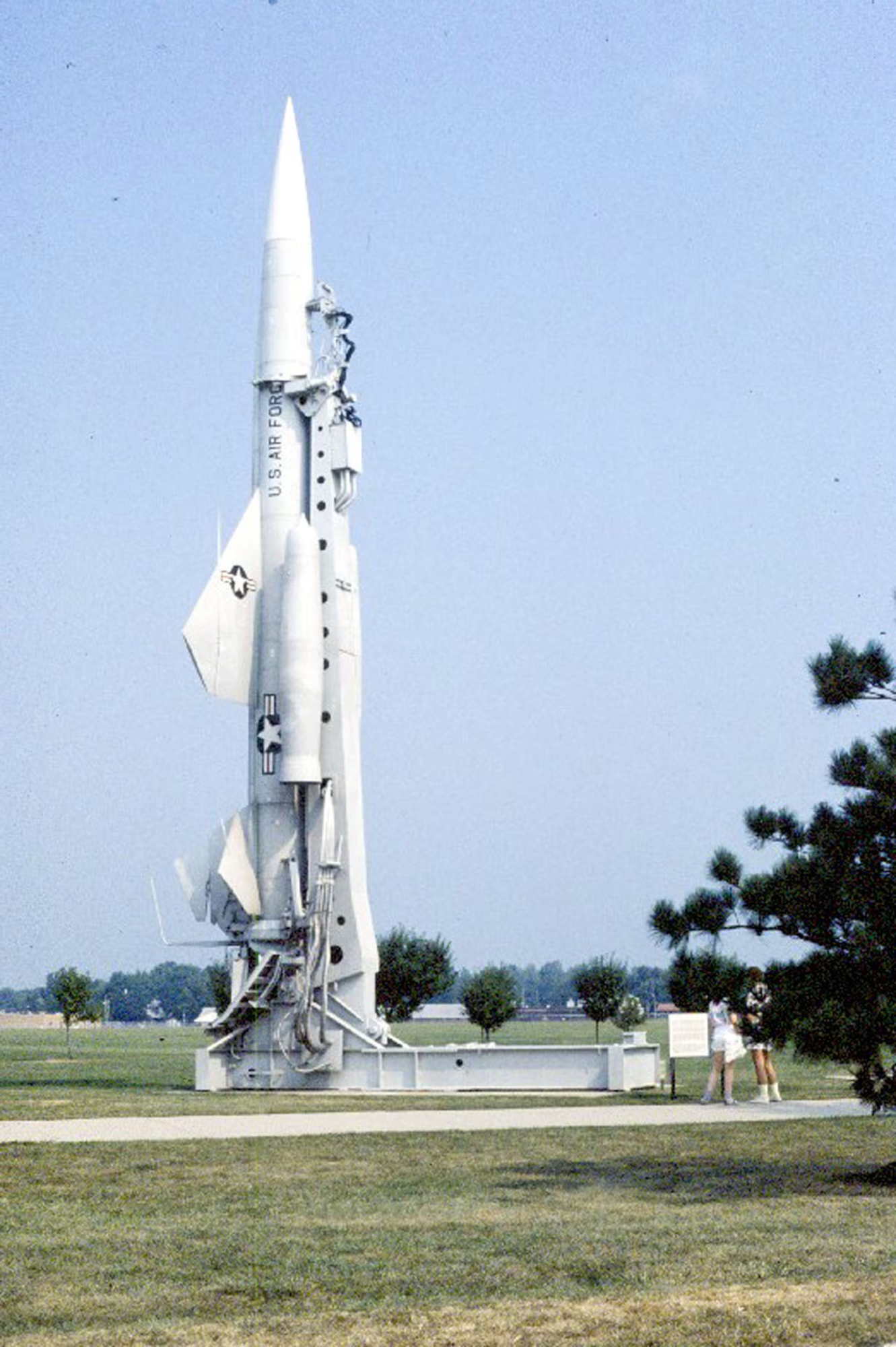
The key issue was that the missile's radar-guided seeker, based on 1950s technology, lacked the precision required to hit aircraft with a conventional warhead over such long distances. To compensate, the Bomarc was fitted with a nuclear payload. The warhead, typically a variable-yield W40 nuclear charge with 7 to 10 kilotons, was designed to destroy enemy bombers with its blast radius, even if the missile missed by up to 800 meters.
The system was deployed in fortified hangars, with each squadron fielding 28 Bomarc launchers (i.e. 28 Bomarc missiles). Two variants existed: the Bomarc-A used a liquid-fuel booster and had a range of up to 450 km, reaching Mach 2.8. With a launch weight of 6.8 tons, it had a body 14.25 meters (~47 feet) long and a wingspan of 5.54 meters (~18 feet). The later Bomarc-B had a solid-fuel engine, a top speed of Mach 3.2, and a range up to 800 km, measuring 13.74 x 5.54 meters (45x18 feet).
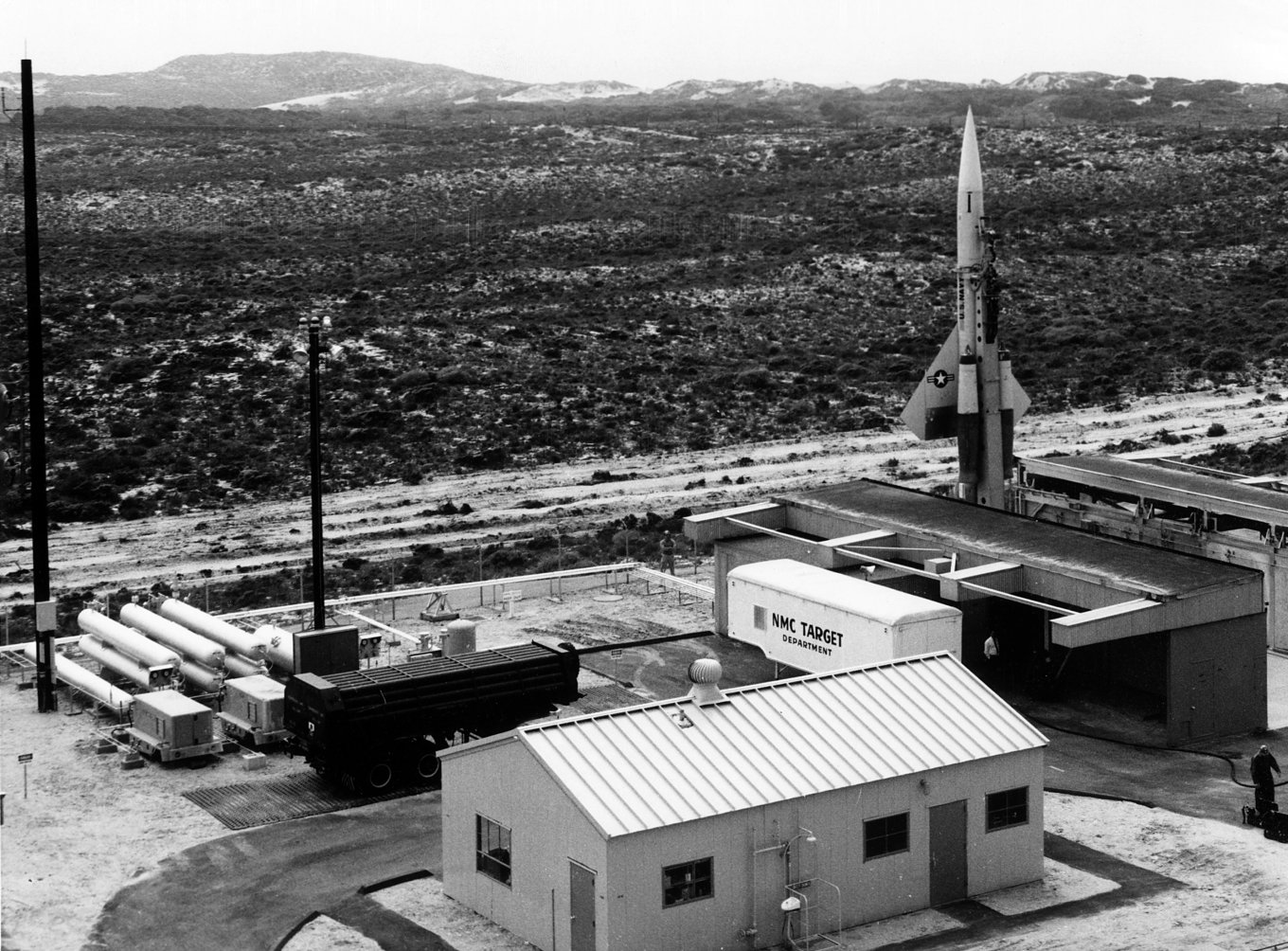
Still, the missile's nuclear requirement became a liability. By the 1960s, intercontinental ballistic missiles (ICBMs) were becoming the primary nuclear delivery platform for both sides, hence weapons to shoot down flocks of bombers were no longer so relevant.
Furthermore, the prospect of detonating nuclear warheads over friendly territory in a defensive intercept made the Bomarc less attractive. Bomarc-A units were phased out as early as 1964, and the last Bomarcs were retired in 1972.
After deactivation, the remaining missiles were used as targets for live-fire air defense training and eventually all were expended.
Interestingly, this story ties directly into modern developments in nuclear air defense. As previously reported by Defense Express, russia is now developing nuclear air-to-air missiles such as the R-33, R-37, and KS-172, designed to take down groups of strategic bombers in one strike — the very same logic behind the Bomarc decades ago. While the West abandoned such approaches, russia appears to be doubling down.
Read more: Diehl Works on Coastal Defence Launcher — A Chance for Ukraine's R-360 Neptune to Fit in?



